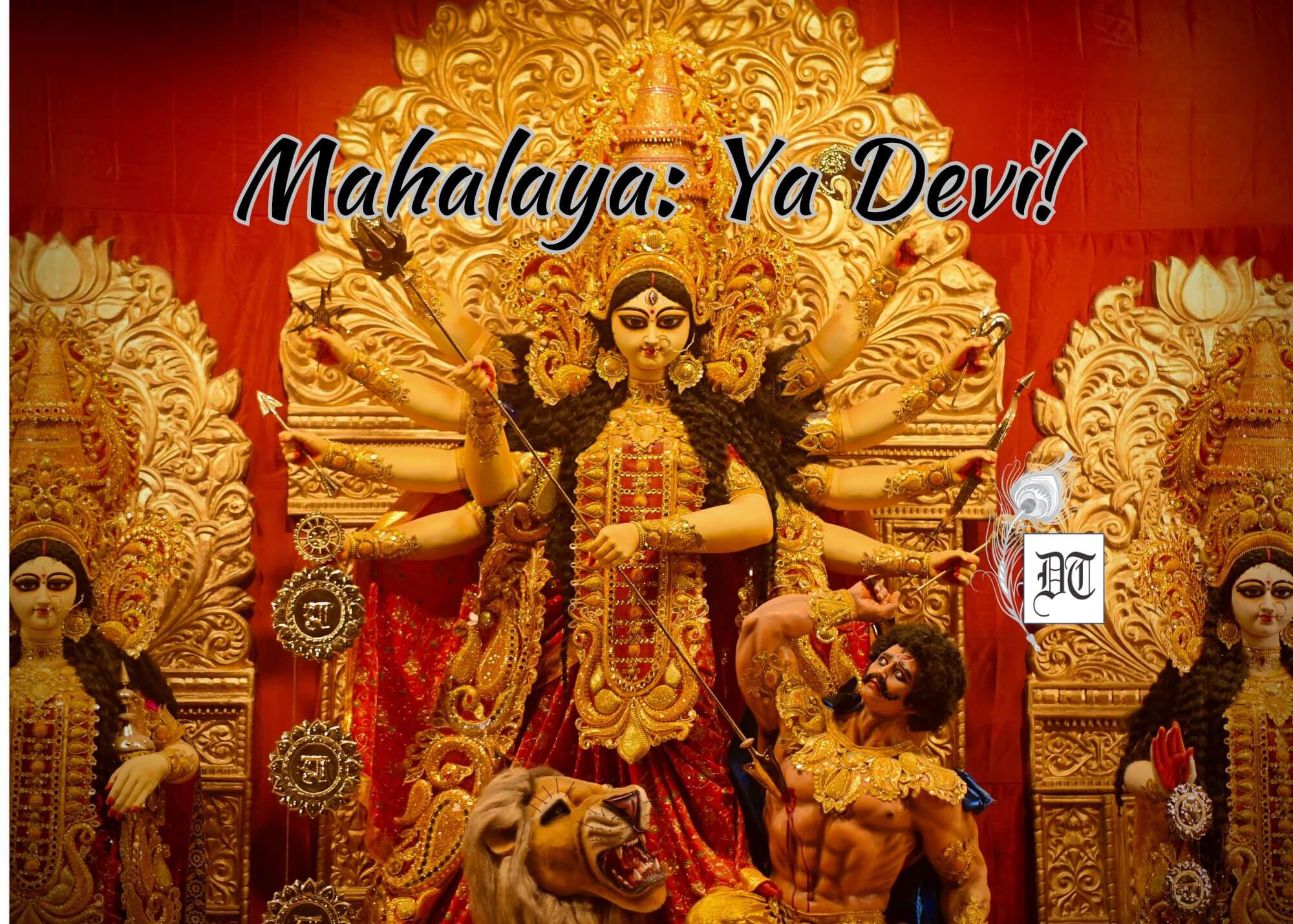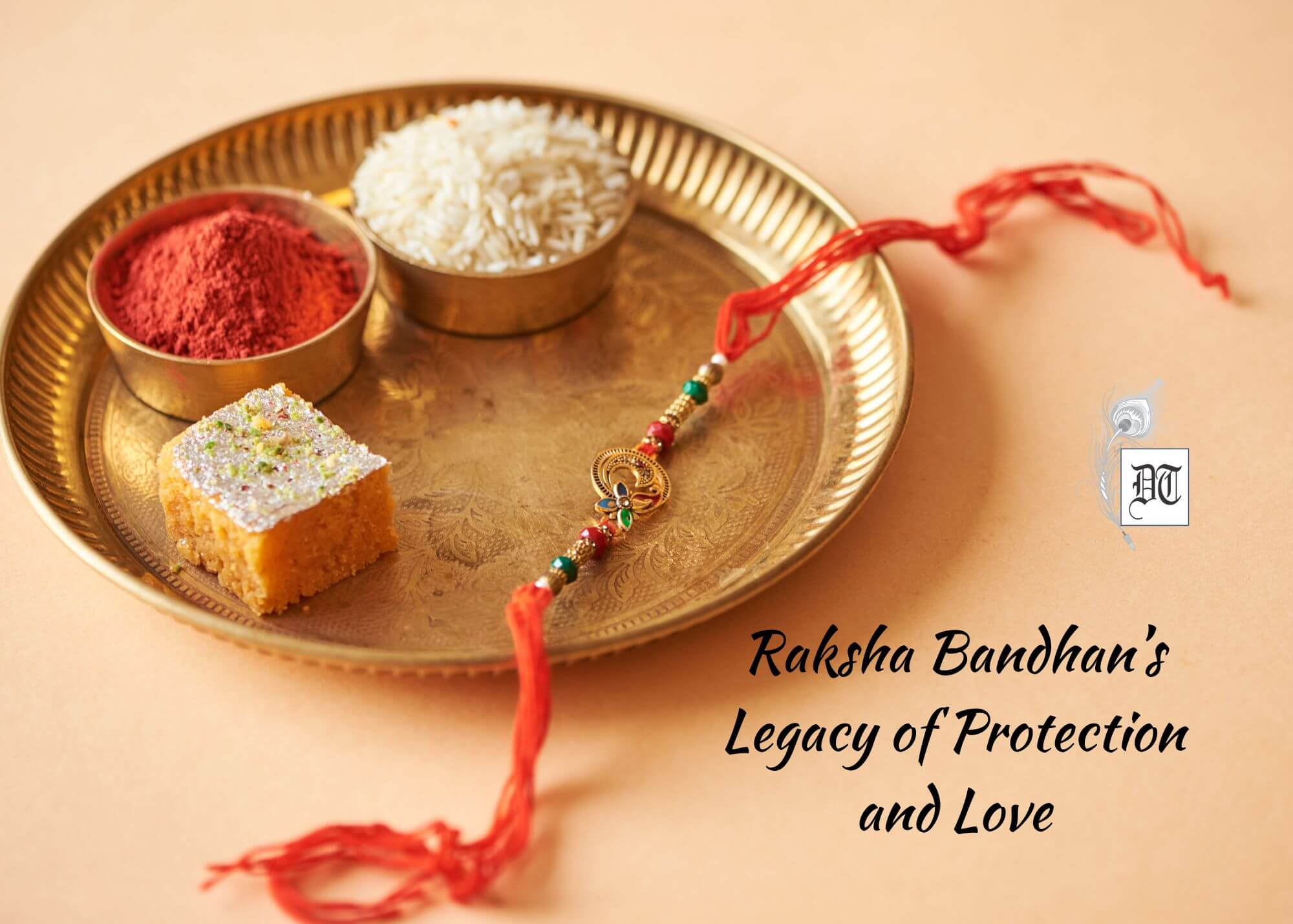Beyniaz tells us about Jamshedi Navroze, the Parsi New Year, tracing its antiquity. She discuses the tradition of the celebrations of the harvest festival in Parsi homes. Different Truths wishes its readers, world over, Happy Navroze.
Jamshedi Navroze is celebrated by the Zoroastrians and all Iranis on March 21, the day of the Spring Equinox. Navroze means new day and this day is named after King Jamshed of ancient Persia, who was the first King to celebrate this Spring Festival. It marks the beginning of spring and the end of winter in the northern hemisphere. Parsis in India, the Zoroastrians, who fled Iran to escape religious persecution centuries ago and who have made India their home, also celebrate another Navroze, which is their New Year, in the month of August.
Mahatma Gandhi had said of the Parsi community, “I am proud of my country, India, for having produced the splendid Zoroastrian stock, in numbers beneath contempt, but in charity and philanthropy perhaps unequaled and certainly unsurpassed.”

At the exact time of the spring equinox, traditional Zoroastrians set out seven items beginning with the letter ‘S’. These include sprouts, wheat germ, apples, a pomegranate and garlic; gold coins, vinegar, a lit oil lamp, a mirror, rosewater, painted eggs, dry fruit, sweets and different kinds of fresh fruit. Some even place a goldfish or an orange in a bowl of water on the Navroze table. Sprouts represent the rebirth of spring, apples are for beauty, rosewater for sweetness, goldfish for life, garlic for health, coins for prosperity, and the mirror and lamp represent light and goodness. This year’s sign is that of the Monkey and the Navroze colour is brown so it is considered lucky to wear brown this year. The time of the Vernal equinox is 10am in India on 20 March.
The uniqueness of Navroze as a New Year is that it is brought in at the same time throughout the world, because it is based on the Spring Equinox, an event in nature and not on the local time. Navroze has been celebrated and observed for more than 3000 years by people of Iran and also in many other parts of the world, including Iran, Turkey, Iraq, India, Afghanistan, Tajikestan, Uzbekistan, Azerbaijan, Kazakhstan, and Kyrgyzstan. It is a public holiday in many countries. During the meeting of The Inter-governmental Committee for the Safeguarding of the Intangible Heritage of the United Nations, held in 2009, Nowrūz or Navroze was officially registered on the UNESCO List of the Intangible Cultural Heritage of Humanity and recognised by the United Nations General Assembly from 2010 onwards.
Navroze marks the first day of spring and the beginning of the year in Iranian calendar. It is celebrated on the day of the astronomical Northward equinox, which usually occurs on March 21 or the previous day as is the case this year. As well as being a Zoroastrian holiday and having significance amongst the Zoroastrian ancestors of modern Iranians, the same time is celebrated in parts of the South Asian sub-continent as the new year.
The moment the Sun crosses the celestial equator and equalizes night and day is calculated exactly every year and Iranian families gather together to observe the rituals.

According to Persian mythology, ‘Nou Rouz’ was first celebrated by King Jamshid, on the first spring after the great ice age, which is believed to have happened some ten thousand year ago. Ever since then it has been part of the Persian culture and they have shared it with all whom they came in contact with. The bas-relief at Persepolis (Takht e Jamshid) depicts the celebration of Nou Rouz before 330 BCE and shows how the different people of the Empire joined in on the celebration and presented their gifts to the king in groups of seven.
In India, Jamshedi Navroze is celebrated in all the cities which have a sizable Zoroastrian population. Houses are spring cleaned, flower garlands put on doors and near the pictures of Prophet Zoroaster, Fire Temples are visited and the best of food and drink brought out.

Pix by: Daisy Chenoy,author and Net


 By
By
 By
By

The great King Jamshed set right the calendar
With this, the world went wonderfully solar
The Vernal Equinox heralds Spring
For Navroz, joy and prosperity it doth bring
And so we wish each other a Happy New Year!
Thank you for this enlightening gift of Spring Knowledge and Happy Navroze from Seattle!
Wonderful! Thank you.
Thank you Gulshan.
Thanks for a very interesting article. Enjoyed reading. I am enlightened as well as educated. Very colourful festival which dates back to many centuries. Wish you A Very Happy Navroze.
A lovely, detailed article, on the meaning, significance and history of Navroze.
It is articles such as this, that ensure that the good practices of our rich and diverse culture are documented for posterity.
I enjoyed learning about Navroze.
I always find Beyniaz’s writing informative and detailed, where a 360 degree, well rounded view of a topic is offered. She does not fail to mention both the obvious as well as the less known facts of her subject.
Apart from good and accurate research, what I find appealing in her articles is the matter-of-fact narrative that informs through straightforward language with few embellishments.
Keep writing, Beyniaz.